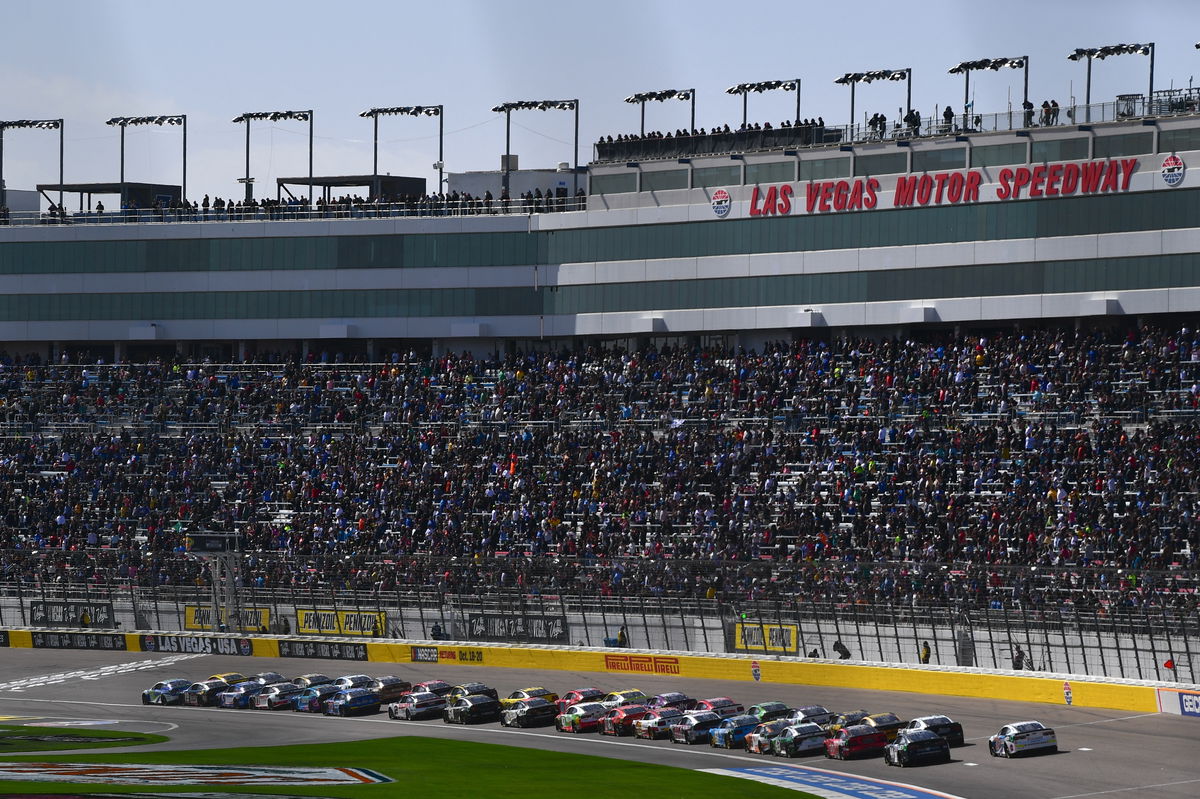
USA Today via Reuters
Mar 3, 2024; Las Vegas, Nevada, USA; NASCAR Cup Series driver Daniel Suarez (99) leads the field for the restart of the Pennzoil 400 at Las Vegas Motor Speedway. Mandatory Credit: Gary A. Vasquez-USA TODAY Sports

USA Today via Reuters
Mar 3, 2024; Las Vegas, Nevada, USA; NASCAR Cup Series driver Daniel Suarez (99) leads the field for the restart of the Pennzoil 400 at Las Vegas Motor Speedway. Mandatory Credit: Gary A. Vasquez-USA TODAY Sports
The last few weeks have been challenging for Hendrick Motorsports. The NASCAR Cup team’s top racer stood at risk of losing his playoff chances. Kyle Larson missed starting the Charlotte race due to inclement weather as he was engaged in his Double efforts. But after a week of gut-wrenching wait, NASCAR finally granted Larson a waiver.
Watch What’s Trending Now!
This spun off a flurry of controversy regarding the current waiver system. Critics hounded the system for a dearth of logic. Many demanded doing away with the rule altogether, as it stands in the way of talented drivers vying for the championship. Two experts fought it out over the topic recently.
ADVERTISEMENT
Is the NASCAR waiver rule justified?
Introduced in 2014, the waiver policy served competitive reasons, as outlined by Bob Pockrass. Firstly, it keeps a driver who advances to the playoffs with a win from skipping a race. Secondly, it prevents a driver from gathering his energy and focusing on a single race. Thirdly, fans should see the drivers they bought tickets for. However, the rule never mentioned another series luring a NASCAR driver for the weekend.
Hence Kyle Larson’s situation boggled the authorities who took time to decide. But public perception and the risk of a PR nightmare sealed their decision, and Larson got a waiver on June 4th. However, the weeklong tension threw the policy into a controversy, as two prominent NASCAR journalists debated recently.
Jeff Gluck opposed the popular notion of ditching the system altogether and presented a solid Kiwi reason for it. “I think they do need to keep the rule…Because if you don’t have that W word rule, then SVG was in the playoffs last year for showing up out of nowhere…I don’t think you wanna create a scenario where you open the door for people just to swoop in, run one race, potentially win it, and suddenly they’re in the playoffs.”
ADVERTISEMENT
Jordan Bianchi, his opponent, initially conceded to this reason, citing tennis tournaments that players could cherry-pick. However, he reverted with a solid argument of his own, highlighting the vagueness of the rule. “I think there’s a way to set up a system where you don’t even need to have this conversation and it’s over with. In that way, if someone gets suspended for something stupid, it’s done with. If someone gets hurt doing something they shouldn’t do, there’s no conversation…It’s eliminating a rule that has a lot of grey areas and way too much interpretation.”
Then Bianchi confessed he is tired of harping on his point, which aligns with other experts like Bob Pockrass. Bianchi wanted to move on to another topic. But Gluck snapped, standing by NASCAR’s rule: “Then stop saying stupid things!”
ADVERTISEMENT
Both drivers have solid arguments, but the waiver policy is a thorn in the side of stars like Kyle Larson. However, the rule is crucially important in a basic aspect.
Top Stories
Ross Chastain Labels NASCAR Driver “The Most Punchable Face” to Excuse Himself Over Punchgate Controversy
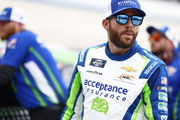
Jimmie Johnson Poaches Richard Childress’ Key Ally Ahead of NASCAR 2026 Season
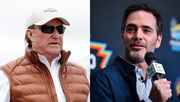
When Rick Hendrick Walked Away From $1,000 to Avoid Dale Earnhardt Sr’s Wrath
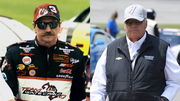
NASCAR’s Next Big Villain Named as Denny Hamlin Enters Fans’ Good Books

Brad Keselowski & Co. Pays Emotional Tribute to Greg Biffle With Special No. 16 Memorabilia
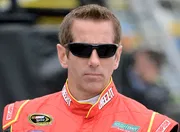
The rule saves drivers from injury
Besides the points outlined by Bob Pockrass, one major reason for implementing the waiver policy was health. Before 2014, missing a race would cripple a driver’s championship hopes. Rusty Wallace once drove at Sonoma with a broken right wrist and black eyes, missing his gear shifts. Ricky Rudd once famously duct-taped his swollen eyes open. Even Denny Hamlin ran at Talladega in 2013 after barely recovering from a broken back.
ADVERTISEMENT
Thus all this could be prevented when the waiver policy was introduced. The rule allows drivers to focus on their health without worrying about their careers. Hamlin stressed its importance in 2015: “It’s not anyone taking advantage of the rule — it’s people doing the right thing. Drivers have raced with injuries in the past and toughed it out, but we’re running speeds faster than we ever have been and hitting walls faster and harder than we ever have been. This rule was set out to protect us from injuries and it’s done its job.”
Evidently, the rule also has several advantages, helping injured drivers compete for the championship. Yet it could do away with the grey areas, as Bianchi mentioned.
ADVERTISEMENT
ADVERTISEMENT
ADVERTISEMENT

